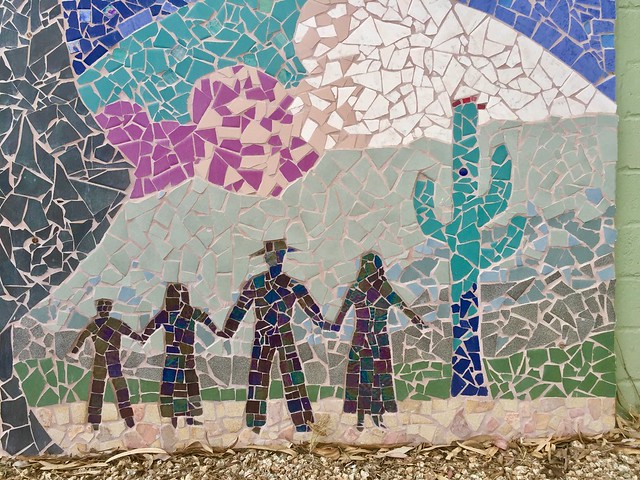

The plant is regarded as a perennial, deciduous herb by scientists. You will often find it in sandy disturbed areas, alongside roadways and in washes. Our species of sacred datura grows in the Chihuahuan, Sonoran and Mojave deserts at elevations ranging from 1000 to 6500 feet. It is as though the exquisite blossom of the sacred datura issues an irresistible invitation to a party of the spirits of darkness. Neelix at English Wikipedia - Transferred from en.wikipedia to Commons by Quadell using CommonsHelper. These parts of the plant have given rise to alternative names such as devil’s trumpet, deadly nightshade, thorn apple, mad apple, Hairy jimson weed, stink weed, green dragon and locoweed. It suggests visions of the brooding and frightening forests of the Brothers Grimm. Spreading its silver glow on open flowers.īy contrast, the bristly fruit and stale-smelling leaves of the sacred datura speak to another, more sinister side of the plant, to a dark and fearsome netherworld of poison and potential emotional collapse, physical sickness and even death.

It inspired an unknown poet to say on the Filling the Sky Internet site:


 0 kommentar(er)
0 kommentar(er)
